Doctors of Veterinary Medicine
As defined by the American Veterinary Medical Association Principles of Veterinary Medical Ethics
Introduction Veterinarians are members of a scholarly profession who have earned academic degrees from comprehensive universities or similar educational institutions. Veterinarians practice veterinary medicine in a variety of situations and circumstances. Exemplary professional conduct upholds the dignity of the veterinary profession. All veterinarians are expected to adhere to a progressive code of ethical conduct known as the Principles of Veterinary Medical Ethics (PVME). The PVME comprises the following Principles, the Supporting Annotations, and the Glossary. The basis of the Principles is the Golden Rule. Veterinarians shall accept this rule as a guide to their general conduct and abide by the Principles. The AVMA Judicial Council is charged to advise on all questions relating to veterinary medical ethics and to review the Principles periodically to ensure that they remain current and appropriate.
The Principles
- A veterinarian shall be dedicated to providing competent veterinary medical care, with compassion and respect for animal welfare and human health.
- A veterinarian shall provide veterinary medical clinical care under the terms of a veterinarian-client-patient relationship (VCPR).
- A veterinarian shall uphold the standards of professionalism, be honest in all professional interactions, and report veterinarians who are deficient in character or competence to the appropriate entities.
- A veterinarian shall respect the law and also recognize a responsibility to seek changes to laws and regulations which are contrary to the best interests of the patient and public health.
- A veterinarian shall respect the rights of clients, colleagues, and other health professionals, and shall safeguard medical information within the confines of the law.
- A veterinarian shall continue to study, apply, and advance scientific knowledge, maintain a commitment to veterinary medical education, make relevant information available to clients, colleagues, the public, and obtain consultation or referral when indicated.
- A veterinarian shall, in the provision of appropriate patient care, except in emergencies, be free to choose whom to serve, with whom to associate, and the environment in which to provide veterinary medical care.
- A veterinarian shall recognize a responsibility to participate in activities contributing to the improvement of the community and the betterment of public health.
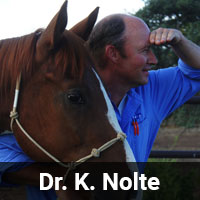
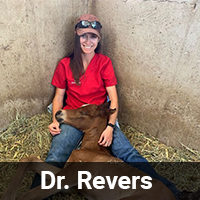
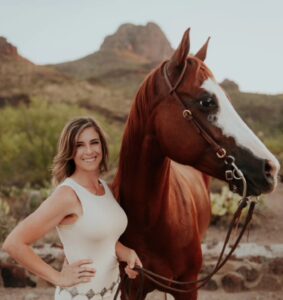
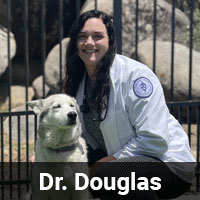
Customer Service Representatives
Our customer service representatives are the first point of contact when calling or visiting our practice. They represent the embodiment of what Prescott Animal Hospital Equine Center stands for providing superior client service and ensuring your pet gets taken care of in a timely manner and all of your questions are handled and followed up on.

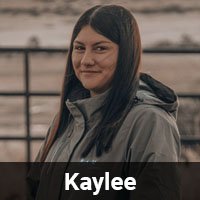
Veterinary and Barn Technicians
A Certified Veterinary Technician has graduated from an AVMA-accredited program and was required to take a national and state exam. The veterinary technician is the veterinarian’s primary medical support. They begin the examination procedure and continue to assist the doctor throughout the examination, diagnosis, and treatment phases. They aid veterinarians in achieving greater efficiency by relieving them of technical work and administrative detail. They have a very significant role in communicating with and educating clients about their pets.
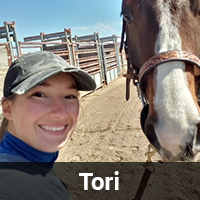

Jessica Somers

Kelsi Twomey



What's Next
Call us or schedule an
appointment online.Meet with a doctor for
an initial exam.Put a plan together for
your pet.

